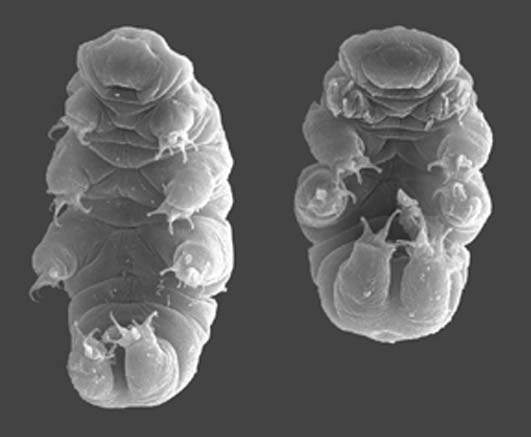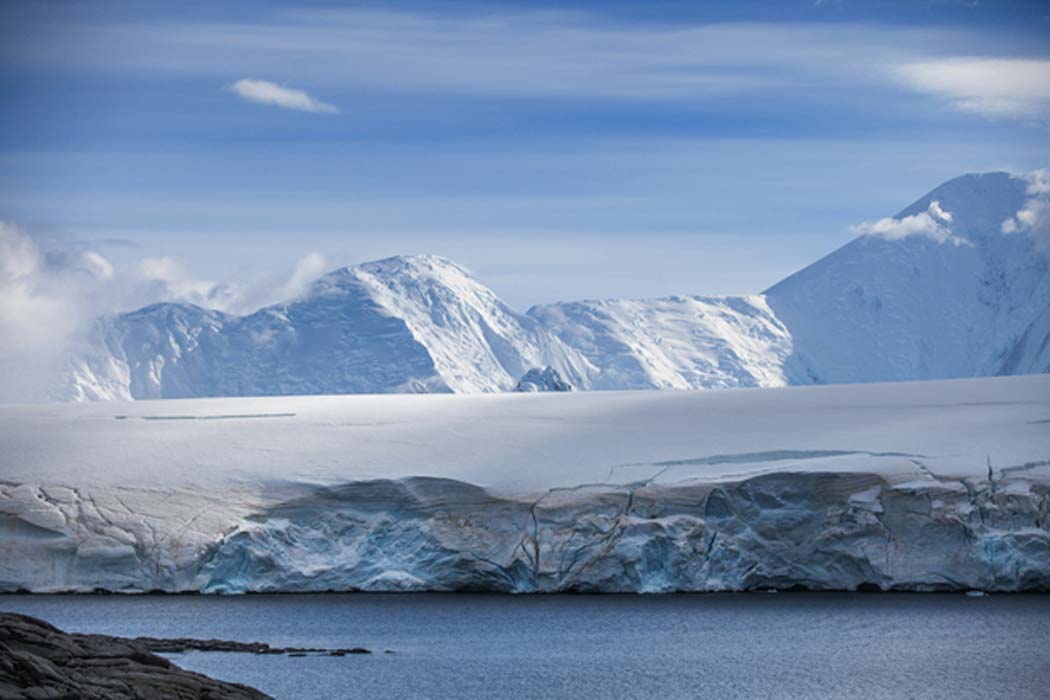Tiny Animals Discovered in Lost Lake Beneath 3500 Feet of Ice in Antarctica
Scientists drilling into Mercer Lake, a Subglacial Antarctic lake locked beneath 3500 feet (one kilometer) of ice have discovered the ancient carcasses of tiny animals including “water bears,” in a finding scientists described as “fully unexpected”.
On 26th December, researchers funded by the US National Science Foundation (NSF) succeeded in melting a hole through the thick ice to the water below. A report in the journal Nature said that the Subglacial Antarctic Lakes Scientific Access (SALSA) team “melted through an enormous frozen river with a high-pressure, hot-water drill.”
The water below the ice sheet is hydraulically active and connected with the Ross Sea and Mercer Lake has been identified as being at high risk of collapsing with the West Antarctic Ice Sheet, due to global warming. This is only the second time humans have ever glimpsed the contents of the lake and the massive scientific operation was conducted with technologies including “ice-penetrating radar and other remote-sensing techniques“, according to the article in Nature.

Main: An artist's cross-section showing the process of drilling to reach the lake below (public domain). Inset: Mercer Lake (CC by SA 3.0)
Rediscovering Ancient Subaquatic Life
The Guardian reported that the scientists took samples of mud from the bottom of the lake’s icy waters and found “tendrils of plant or fungi and remnants of photosynthetic algae that lived and died in the area millions of years ago when Antarctica was much warmer.” The researchers later discovered shrimp-like crustaceans and eight-legged tardigrades, or “water bears” which are described as being smaller than poppy seeds.
David Harwood, a micro-palaeontologist at the University of Nebraska-Lincoln, told reporters at Nature that discovering the animals in the ancient lake was “fully unexpected”, but what really shocked biologists at Lake Mercer was the realization that some of the beasts were landlubbers.
The scientists know that these ancient creatures inhabited Transantarctic Mountain ponds and streams when the glaciers had receded during warm periods between 10,000 years or 120,000 years ago. But an outstanding problem is that these crustaceans and tardigrade inhabited ponds some 50 miles (80 kilometers) from Lake Mercer, and how they got there is not yet clear.
- Ancient Pyramids in an Icy Landscape: Was There an Ancient Civilization in Antarctica?
- Scientists Find 280-Million-Year-Old Fossilized Forest…in Antarctica
- Mysterious Map Emerges at the Dawn of the Egyptian Civilization and Depicts Antarctica Without Ice – Who Made it?

Tardigrades imaged with a scanning electron microscope (CC by SA 2.5)
DNA Might Provide Answers to the Creatures’ Ancient Origins
On 5 th January, the scientists sealed the borehole and they think it will take several years to analyze and test all of the collected samples. They need to test DNA samples from the carcasses of the crustaceans to ascertain whether they were marine or freshwater species. The SALSA team also aim to determine the age of the organic material with carbon dating and they will also sequence the creatures’ DNA attempting to answer how, when and how far the Antarctica’s glaciers retreated over the millennia.
In 2013, Slawek Tulaczyk, a glaciologist at the University of California, Santa Cruz, was co-leader in a drilling expedition at Lake Whillans, a subglacial Antarctic lake 50 kilometres (31 miles) from Lake Mercer. Tulaczyk, who has been studying sediment samples from lakes beneath glacial ice since the 1990s, told The Guardian that “nothing like that has ever been found before under the ice sheet.” An earlier article in Nature reported that although Tulaczyk’s team had found Lake Whillans brimming with microbes, they had not observed any “signs of higher life,” like that discovered at Mercer Lake.
The whole idea of lakes beneath Antarctica's frozen cover was not really considered until the 1990s when satellite seismic mapping technologies and ice-penetrating radar began to reveal evidence of subglacial lakes. Now, nearly 400 are known to scientists, all fed by the meting base of the ice sheet which scientists estimated to be at rates of a few millimeters per year. This is not however caused by global warming, but from ambient heat being omitted from deep within the planet.
Top image: Coast of Antarctica with centuries-old thicknesses off glaciers (sichkarenko_com / Adobe Stock)
By Ashley Cowie

















